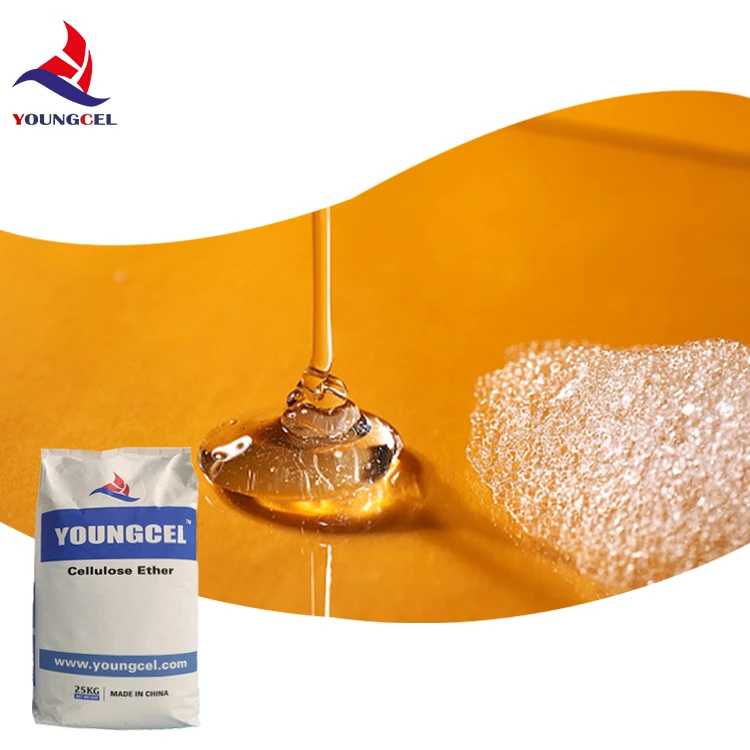Exploring HPMC for Tile Adhesive Applications
Hydroxypropyl Methylcellulose (HPMC) has gained significant traction in the construction industry, especially as an additive in tile adhesives. Its unique properties enhance the performance and usability of adhesives, making it an indispensable component in modern tiling projects. This article delves into the various aspects of HPMC, its benefits, and its applications specifically in tile adhesives.
What is HPMC?
HPMC is a semi-synthetic polymer derived from cellulose, a natural polymer found in the cell walls of plants. The modification process involves the substitution of hydroxyl groups in cellulose with hydroxypropyl and methoxy groups, which subsequently alters its solubility and properties. HPMC is a versatile material, available in various grades, which can be tailored to meet specific needs across different applications.
The Role of HPMC in Tile Adhesives
Tile adhesives are crucial for ensuring the proper installation and durability of tiles in both residential and commercial settings. The performance of these adhesives is essential for overcoming challenges such as moisture exposure, temperature fluctuations, and mechanical stress. This is where HPMC plays a vital role.
1. Water Retention One of the most significant advantages of incorporating HPMC into tile adhesives is its excellent water-retention capability. HPMC helps maintain the moisture level of the adhesive, allowing for better hydration of the cement during the curing process. This leads to stronger adhesion and improved bond strength between the tiles and the substrate.
2. Workability HPMC enhances the workability of tile adhesives, making them easier to spread and manipulate. Applicators benefit from a smoother consistency, which aids in achieving a uniform application across surfaces. This is particularly important in large-scale installations where consistency is vital for both aesthetics and performance.
hpmc for tile

3. Controlled Setting Time Another critical property of HPMC is its ability to control the setting time of tile adhesives. Adjusting the concentration of HPMC can extend the open time, allowing installers to reposition tiles without the adhesive setting too quickly. This flexibility is essential for ensuring accurate placement and alignment of the tiles.
4. Improved Adhesion HPMC contributes to enhanced adhesion properties by increasing the interlocking mechanism between the adhesive and the tile, as well as the substrate. This leads to improved resistance to peeling, cracking, and delamination, ensuring a long-lasting bond that can withstand varying conditions.
5. Versatility HPMC is highly versatile, allowing it to be used in both cement-based and non-cementitious tile adhesives. This adaptability enables manufacturers to formulate adhesives that cater to a wide range of substrates, including concrete, gypsum board, and even challenging surfaces like glass and porcelain tiles.
Environmental Considerations
In recent years, there has been a growing emphasis on sustainability in the construction sector. HPMC is considered a more environmentally friendly option compared to some traditional additives. As it is derived from renewable raw materials, its use can contribute to a positive ecological footprint. Furthermore, HPMC-based adhesives often result in lower emissions of volatile organic compounds (VOCs), enhancing indoor air quality during and after installation.
Conclusion
The incorporation of HPMC in tile adhesives offers a multitude of benefits that significantly enhance the performance of tile installations. From improved water retention and workability to enhanced adhesion and controlled setting times, HPMC has established itself as a key component in modern adhesive formulations. As the construction industry continues to evolve, the use of innovative materials like HPMC will likely play a critical role in meeting the demands for durability, sustainability, and overall performance in tile applications. The ongoing innovation in HPMC formulations promises exciting advancements for the future of tiling and construction as a whole.
-
Rdp Powder: Key Considerations for Wholesalers in the Building Materials IndustryNewsJul.08,2025
-
Key Considerations for Wholesalers: Navigating the World of Hpmc - Based ProductsNewsJul.08,2025
-
Hpmc Detergent: Key Considerations for WholesalersNewsJul.08,2025
-
Key Considerations for Wholesalers: China Hpmc For Tile Adhesive, Coating Additives, Concrete Additives, and MoreNewsJul.08,2025
-
Crucial Considerations for Wholesalers: Navigating the World of Construction MaterialsNewsJul.08,2025
-
Key Considerations for Wholesalers Sourcing Additive For Cement, Additive For Concrete, Additive For Putty from Additive Manufacturer Shijiazhuang Gaocheng District Yongfeng Cellulose Co., Ltd.NewsJul.08,2025




